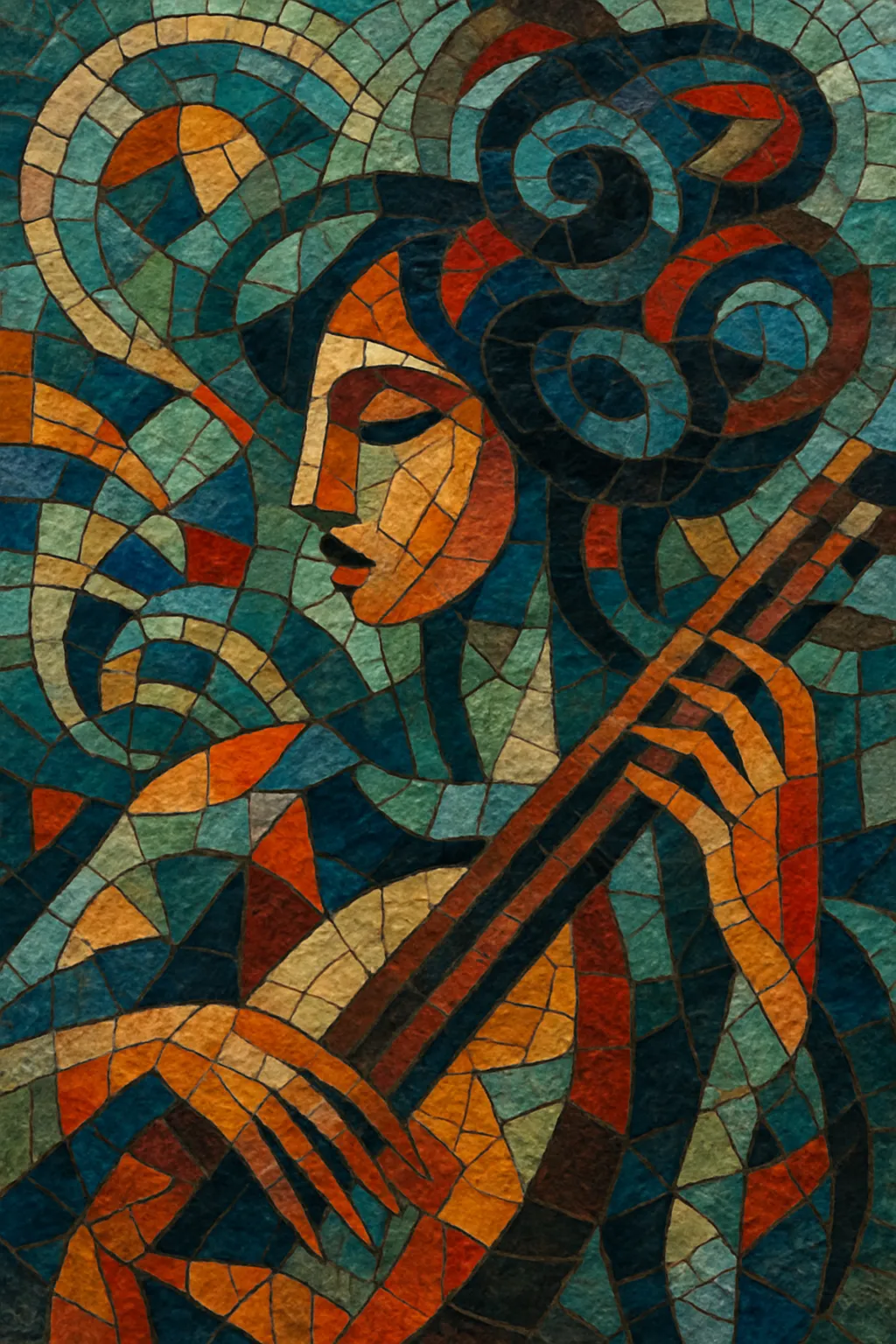Avant-garde pop is a strain of pop music that uses experimental techniques while retaining some degree of songcraft, memorability, or accessibility. It merges the hooks, brevity, and voice-forward focus of pop with the timbral exploration, structural freedom, and conceptual aims of the avant-garde.
Typical features include unconventional song forms, extended vocal techniques, unusual harmony (from modal stasis to dissonance and atonality), asymmetric or fluid meter, collage and musique concrète tactics, and studio-as-instrument production. The result can range from lush and cinematic to stark and abstract, but it remains oriented toward the communicative immediacy of pop.
Avant-garde pop crystallized in the late 1960s as pop and rock musicians absorbed techniques from experimental classical music, free jazz, and the emerging studio avant-garde. Acts associated with psychedelic pop and art rock began to stretch song form, timbre, and texture, while projects on both sides of the Atlantic used tape manipulation, musique concrète, and early synthesizers. The movement’s ethos was to keep pop’s communicative core but expand its palette and structure.
In the 1970s, singer-composers and studio auteurs pushed the language of pop toward abstraction, minimalism, and sound art. Concept-driven albums, non-standard instrumentation, and spoken-word or theatrical elements became common. By the 1980s, a wave of boundary-pushing artists leveraged new digital tools, sampling, and video art. This era demonstrated that avant techniques could coexist with chart-minded writing and an identifiable persona.
The rise of sophisticated production, sampling, and indie/underground networks enabled new hybrids: chamber-like orchestrations, post-rock atmosphere, and experimental electronics appeared alongside melodic hooks. Artists emphasized timbre and space, using silence, noise, and granular detail as structural elements while still crafting memorable vocal lines.
Contemporary avant-garde pop embraces hyper-detailed sound design, post-club rhythms, and fluid identity. Internet-native production and cross-genre collaboration blur lines between mainstream pop, experimental electronic, and art music. Many practitioners treat the studio as a performative instrument, fold choreography and multimedia into composition, and engage with themes of embodiment, technology, and posthuman aesthetics—while keeping a clear pop sensibility.
Start from a pop core—memorable vocal lines or motifs—and then systematically subvert expectations with timbre, form, and production. Keep communication and personality central, even when the materials are experimental.
Explore modal drones, quartal/quintal stacks, polymodality, or strategic dissonance. Use voice-leading to pivot between consonance and tension. Melodic hooks can be fragmented, reharmonized, or recontextualized by changing register, timbre, and harmony across sections.
Alternate between groove-oriented passages and free or elastic time. Introduce asymmetric meters (5/4, 7/8), additive rhythms, or polymeter between drums and accompaniment. Silence, negative space, and rubato can function as rhythmic gestures.
Treat the studio as an instrument. Use found sounds, field recordings, and Foley as harmonic or percussive layers. Employ granular processing, spectral filtering, tape manipulation, and feedback as compositional devices. Contrast hi-fidelity elements with lo-fi textures; emphasize dynamic micro-detail (e.g., breath, consonants) to shape phrasing.
Deviate from verse–chorus by using arch forms, through-composition, or sectional montage. Reframe a recurring hook in different harmonic, metric, or orchestral contexts rather than repeating it identically. Orchestrate for hybrid ensembles—strings with modular synths, prepared piano with drum machines, or voice with live electronics.
Allow the voice to shift roles: sing, speak, whisper, chant, or use extended techniques (overtone singing, breath sounds, glottal attacks) for timbral narrative. Lyrics may be poetic, surreal, conceptual, or documentary; structural devices (repetition, cut-up, multilingual fragments) can mirror the music’s form.
Design performances as multimedia works: integrate staging, video, lighting, and live processing. Use controllers or sensors to map gesture to sound. Embrace unpredictability—structured improvisation or indeterminate cues can keep the music alive while preserving core motifs.


